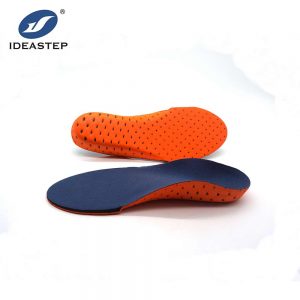
Children can use semi-rigid insoles, but it’s important to consult with a healthcare professional or a pediatrician before using any type of insole for children. They can assess the child’s specific needs and provide appropriate recommendations.
Insoles can be helpful for children with certain foot conditions or alignment issues, such as flat feet or overpronation. Semi-rigid insoles provide a balance between support and flexibility, offering stability while still allowing some natural movement of the feet.
When choosing insoles for children, consider the following factors:
- Size and fit: Ensure that the insoles are the correct size for your child’s feet. They should fit comfortably inside their shoes without causing any discomfort or crowding.
- Arch support: Look for insoles that provide adequate arch support to help maintain proper foot alignment. This can be particularly important for children with flat feet or fallen arches.
- Cushioning and shock absorption: Insoles with cushioning properties can help absorb impact and reduce pressure on the feet, providing additional comfort and support.
- Breathability: Opt for insoles made from breathable materials to keep the feet cool and dry, reducing the risk of excessive sweating and discomfort.
- Durability: Choose insoles that are durable and can withstand the activities and wear and tear associated with children’s active lifestyles.
Again, it’s crucial to consult with a healthcare professional who can evaluate your child’s specific needs and provide personalized recommendations for insoles or other interventions if necessary.
Related product links: https://www.aideastep.com/product/orthotics-for-children-eva-insoles-semi-rigid-arch-support-orthopedic-insoles/.
